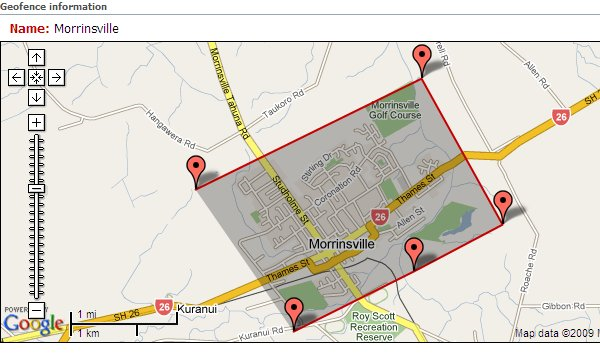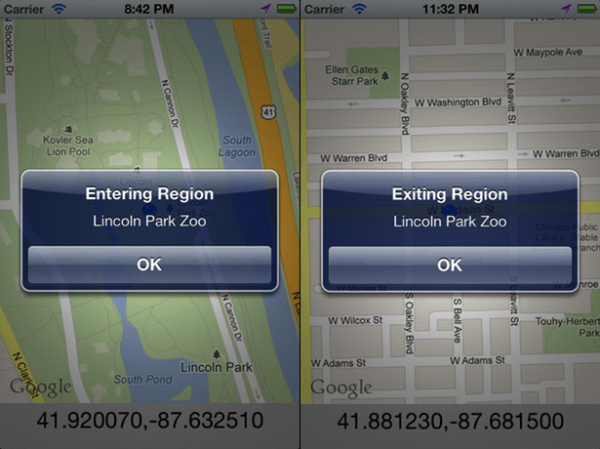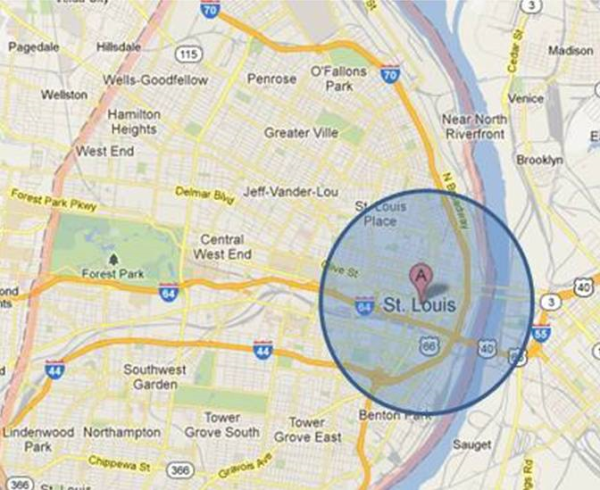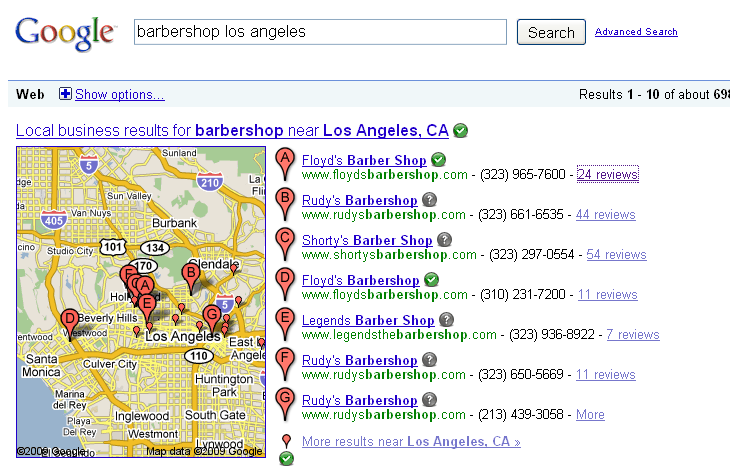Location Based SMS
Location based SMS, or geo fencing, is the new marketing tactic for retail locations all over the world. Geo fencing is is a way to market to an audience that is within a certain geographical location. With mobile marketing increasing significantly in the past decade, it only makes sense that it would continue evolving. Although the technology has been around for years, the latest fad in mobile marketing is to locate users that have opted in to the program by geographical location, and then sending them advertisements when they are within a geo fence.

Geo fencing allows a brand to tailor SMS promotions to a users’ real time location. For example, a mall recently ran a location based SMS campaign that targeted cardholders of a select brand of credit card which ran from Black Friday to New Years. The geo fence was placed around the mall and designed to send SMS text promotions to users when they were within a certain distance of the mall. The SMS promotion encouraged the users to use their credit card at certain stores for a chance to win a shopping spree at one of the participating stores.
- 39% of the users said that the SMS influenced their decision
- 37% of the users said they were influenced them to shop at a certain store
- 68% of users said they would sign up for future SMS promotions
- Users spent, on average, 24% more than non users who did not receive the SMS
A geo fence can circle anything or any area. Most of the time, they are used to circle different retail locations or places that are of interest to the user.

SMS Opt-In
For people asking the question on whether or not users have to opt-in to receive geo fencing SMS messages, the answer is yes. It is a major thing to have users opt-in to such services because the service tracks mobile devices. Once opted-in, the technology is not always tracking the SMS user. The right way to use a geo fence is to use it as tracking data so locally-targeted and relevant content can be sent to the users. This essentially makes a business’ advertising more efficient in the sense that they are only paying to advertise to people who want, and will probably be, interested in the advertisement because these users opted-in to the program. Accuracy of the technology depends on several things. The most important thing that accuracy depends on is what type of location capabilities that the wireless carriers support. These capabilities range from A-GPS, which is extremely accurate in the outdoors, to G-CID, which is much less accurate and has a range of 100 to 5,000 meters. Another thing that changes how accurate this technology can be is what type of internet service the carrier supplies in certain areas. Topography is also a major factor in the accuracy of this technology.
Geo Fence Size
The size that the geo fence can be is basically as big or as small as it needs to be. It also has the option of being in several places. For instance, if a company has several locations, they could have geo fences around all of their existing stores and not have to send out the information to SMS users that are not within the specified geo fences. The geo fence can even be used to work with city, state, and zip code barriers. The best example of this is for online gambling, which is illegal in some states. This allows online gambling companies to send out pertinent marketing information to the registered users that are only in states which allow gambling activities.

Capabilities and Cost
This technology works with all carriers and mobile phones, and can reach 100% of the users that register. The registered users of the technology don’t pay a dime. The only cost is to the business sending the SMS messages. The cost to the business can vary on how many messages they would like to send and how many users they have. It can also vary by how often they look at users’ locations. This technology can also be implemented into existing campaigns and is easily adjustable.
To sum up, this new and exciting technology is very user friendly and cost effective to businesses that would like to get into geo fencing and initiate a mobile marketing campaign. Mobile marketing is one of the fastest growing marketing techniques and this is just another facet of this new and exciting technology.







